Watermelon Companion Plants That Will Help You Grow Juicy Melons
Watermelon Companion Plants That Will Help You Grow Juicy Melons
Watermelons are a delicious and refreshing summer treat, but they can be tricky to grow. One way to improve your chances of success is to plant companion plants with your watermelons. Companion planting is the practice of planting different types of plants together in a way that benefits each other. There are many different companion plants that can be beneficial for watermelons, but some of the best include:
- Herbs: Herbs like basil, mint, and rosemary can help to repel pests that can damage watermelon plants. They can also add flavor to your watermelons when you harvest them.
- Legumes: Legumes like beans and peas can help to improve the nitrogen levels in the soil, which is essential for healthy watermelon growth. They can also help to suppress weeds.
- Flowers: Flowers like marigolds, sunflowers, and cosmos can attract pollinators, which are essential for watermelon pollination. They can also help to deter pests.
- Cabbage family vegetables: Cabbage family vegetables like broccoli, cauliflower, and Brussels sprouts can help to repel pests that can damage watermelon plants. They can also help to break up the soil, which can improve drainage and aeration.
- Alliums: Alliums like garlic, onions, and shallots can help to repel pests and diseases that can damage watermelon plants. They can also help to improve the flavor of your watermelons.
When choosing companion plants for your watermelons, it is important to consider the size and growth habit of each plant. You want to make sure that the companion plants you choose will not compete with your watermelon plants for space or sunlight. You should also consider the climate in your area and the growing conditions of your watermelon plants.
Here are some specific tips for companion planting watermelons:
- Plant herbs like basil, mint, and rosemary near your watermelon plants to repel pests.
- Plant legumes like beans and peas near your watermelon plants to improve the nitrogen levels in the soil.
- Plant flowers like marigolds, sunflowers, and cosmos near your watermelon plants to attract pollinators.
- Plant cabbage family vegetables like broccoli, cauliflower, and Brussels sprouts near your watermelon plants to repel pests.
- Plant alliums like garlic, onions, and shallots near your watermelon plants to repel pests and diseases.
By planting companion plants with your watermelons, you can improve your chances of growing healthy and productive plants. So next time you plant watermelons, be sure to consider some of these beneficial companion plants.
Watermelons are a delicious and refreshing summer treat, but growing them can be tricky. One way to improve your chances of success is to plant companion plants. Companion plants are those that benefit each other when planted together. For watermelons, some good companion plants include:
- Herbs: Basil, mint, and oregano are all fragrant herbs that help to repel pests that can damage watermelon plants.
- Flowers: Marigolds, nasturtiums, and sunflowers attract pollinators, which are essential for watermelon pollination.
- Legumes: Beans and peas add nitrogen to the soil, which can help watermelon plants grow strong and healthy.
To learn more about watermelon companion plants, visit Gardenia Inspiration. This website has a comprehensive list of companion plants for watermelons, as well as information on how to plant and care for them.
FAQ of watermelon companion plants
- What are some good companion plants for watermelon?
Some good companion plants for watermelon include:
- Marigolds: Marigolds help to deter pests, such as cucumber beetles and squash bugs.

- Nasturtiums: Nasturtiums also help to deter pests, and they can also help to improve the soil quality.
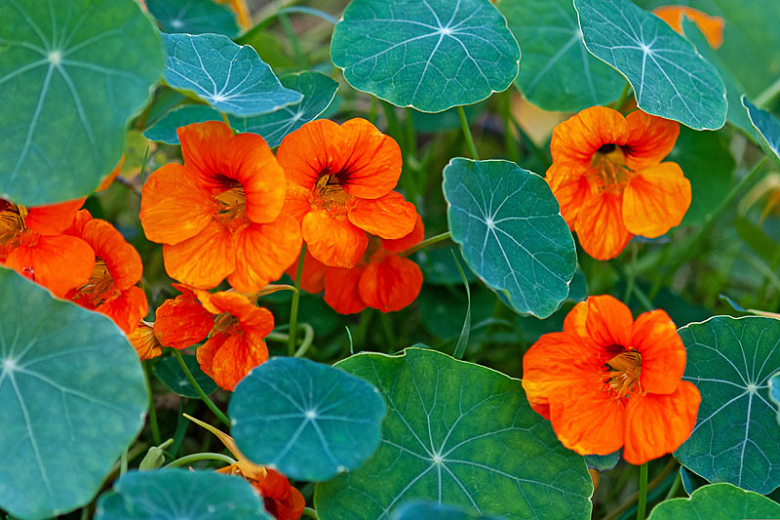
- Cucumbers: Cucumbers and watermelons are both members of the cucurbit family, so they can benefit from being planted together. They can help to shade each other from the sun, and they can also help to attract pollinators.
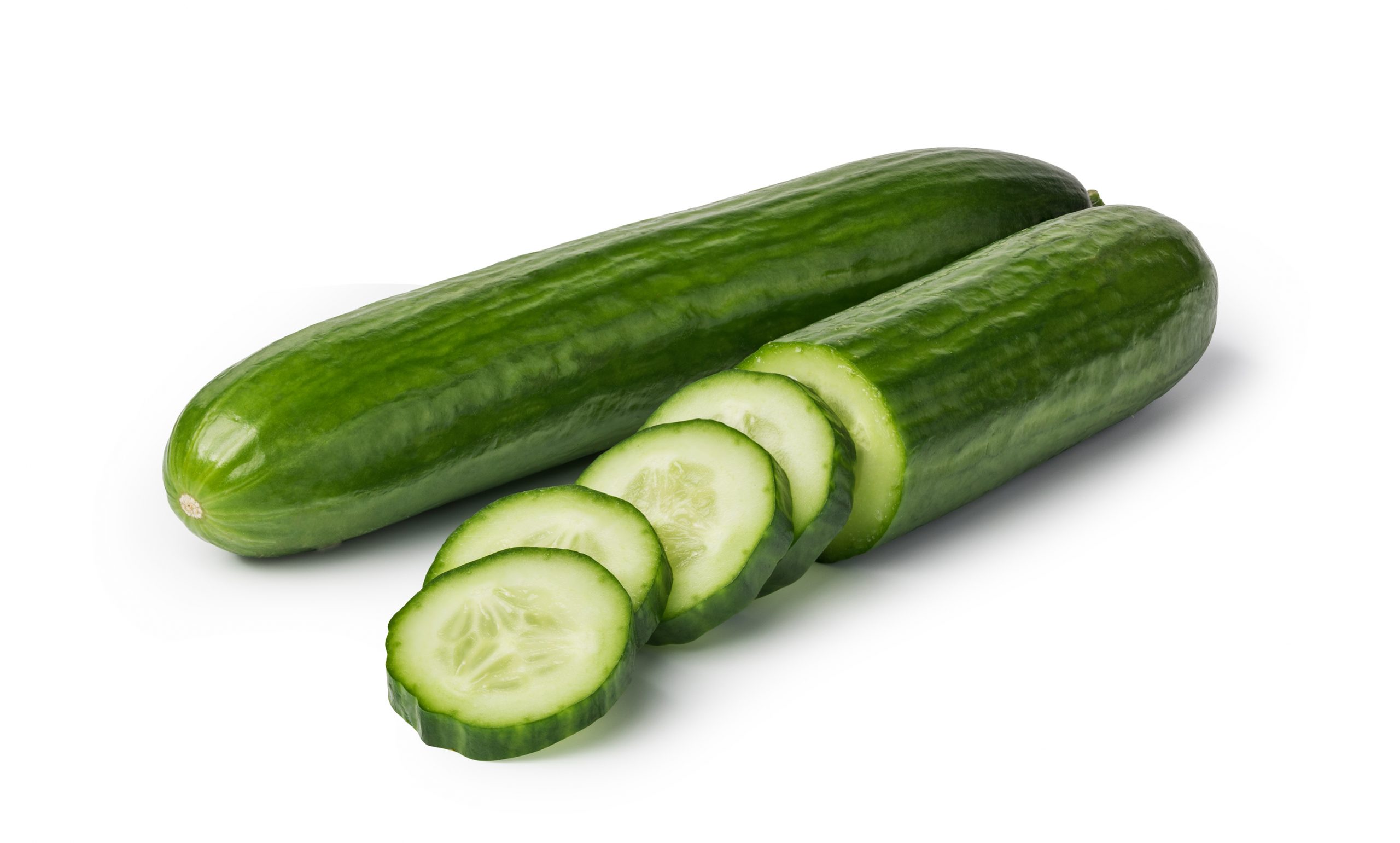
- Sunflowers: Sunflowers can help to attract pollinators, and they can also help to provide shade for watermelon plants.
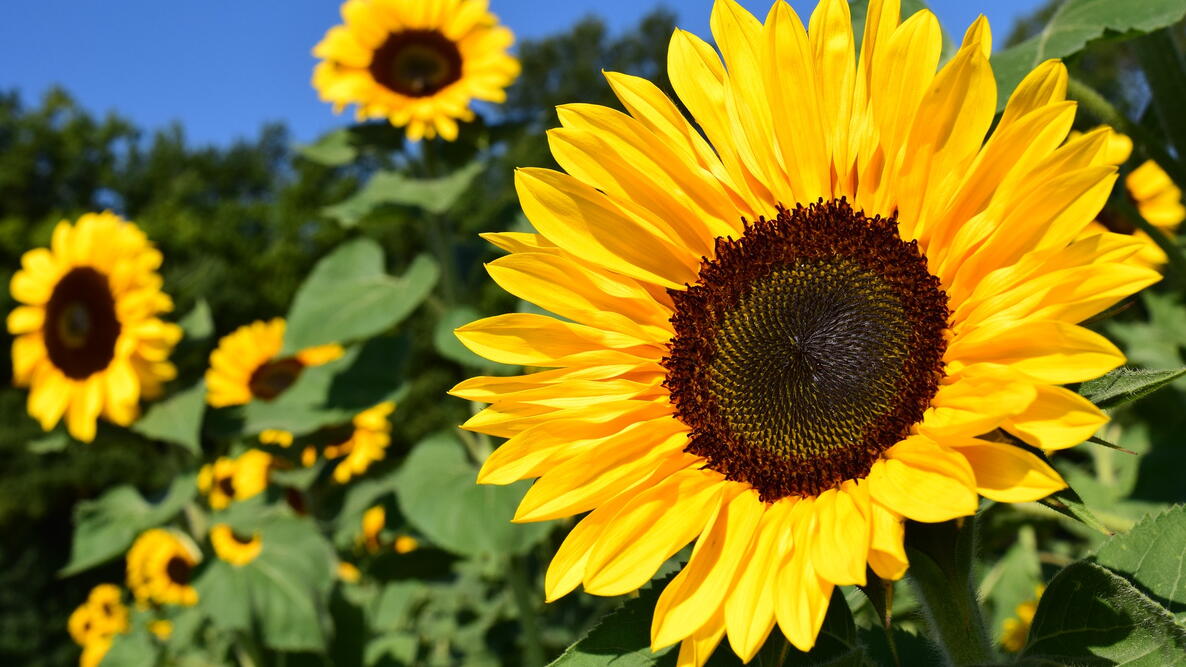
- Peas: Peas can help to fix nitrogen in the soil, which can benefit watermelon plants.

- What are some bad companion plants for watermelon?
Some bad companion plants for watermelon include:
- Potatoes: Potatoes and watermelons compete for the same nutrients, so they should not be planted together.
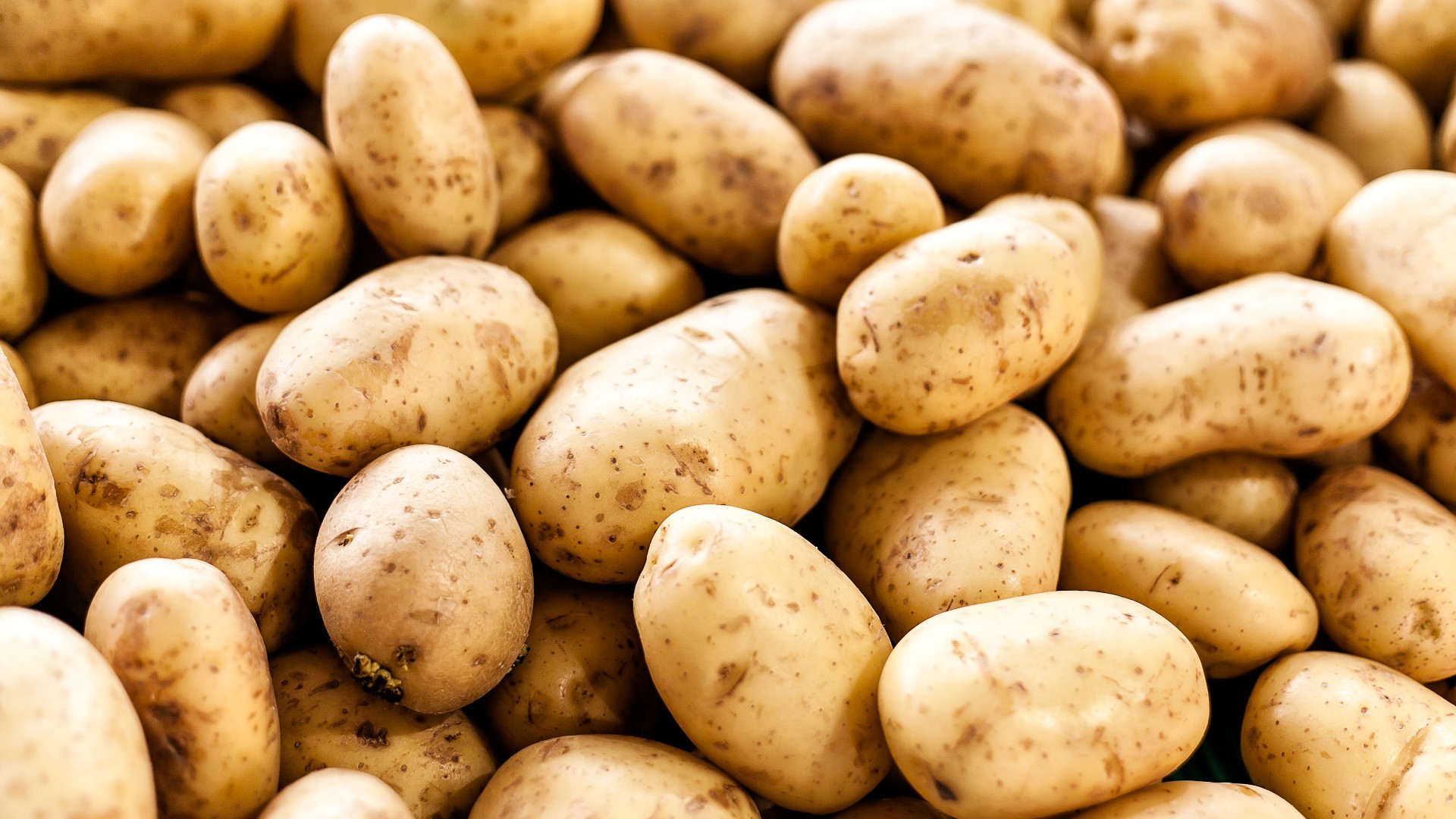
- Tomatoes: Tomatoes and watermelons are both susceptible to the same diseases, so they should not be planted together.
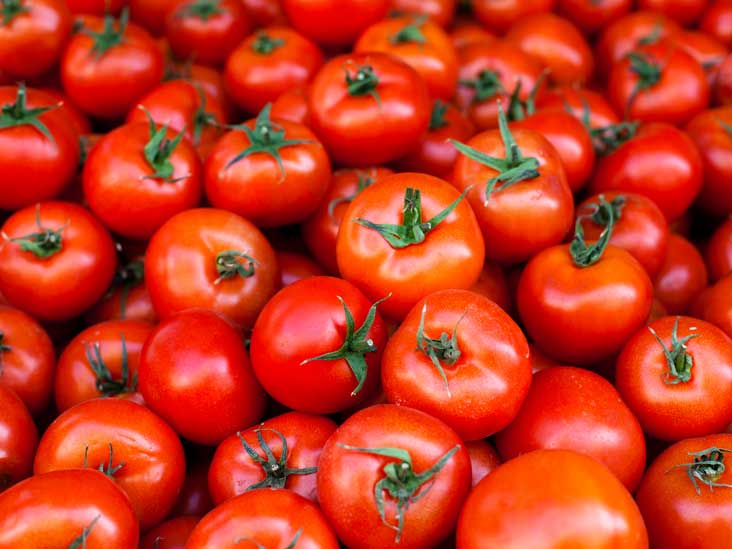
- Cabbage: Cabbage can attract pests that can also damage watermelon plants.
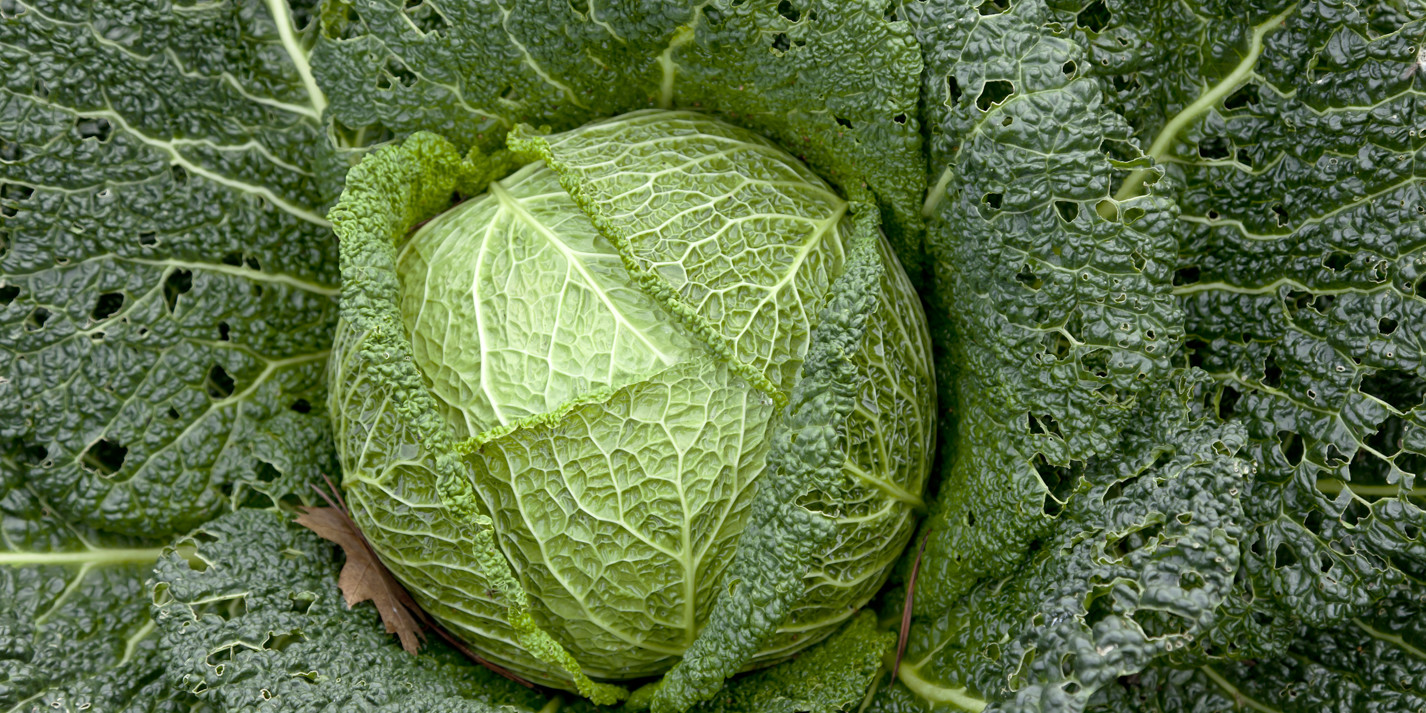
- Melons: Watermelons and other melons can cross-pollinate, which can result in fruits that are not true to type.
- Broccoli: Broccoli can release a chemical that can stunt the growth of watermelon plants.

- How far apart should watermelon plants be planted?
Watermelon plants should be planted about 3 feet apart. This will give them enough room to grow and spread out.
- How much water do watermelon plants need?
Watermelon plants need about 1 inch of water per week. However, they may need more water during hot, dry weather.
- How long does it take watermelons to grow?
Watermelons take about 80-100 days to grow from seed to harvest. However, the exact time may vary depending on the variety of watermelon and the growing conditions.
Image of watermelon companion plants
- Marigolds: Marigolds are known for their insect-repelling properties, which can help to protect watermelon plants from pests such as aphids, beetles, and squash bugs.
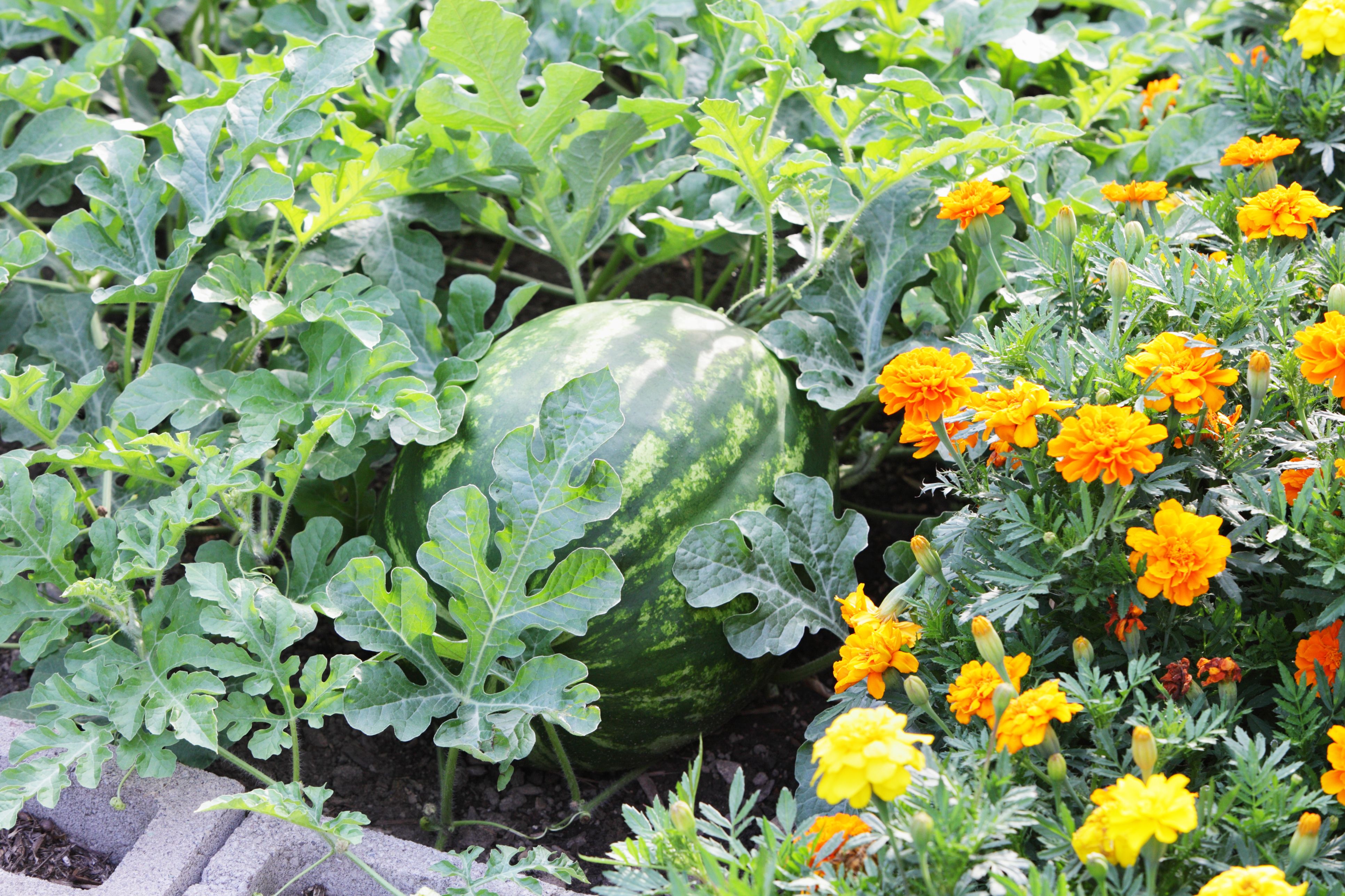
- Nasturtiums: Nasturtiums are another type of flowering plant that can help to deter pests from watermelon plants. They also attract pollinators, such as bees and butterflies, which can help to improve the pollination of watermelon flowers.

- Lettuce: Lettuce is a cool-season crop that can be planted early in the season, before watermelon plants are ready to be transplanted. Lettuce helps to suppress weeds and improve the soil quality, which can benefit watermelon plants.
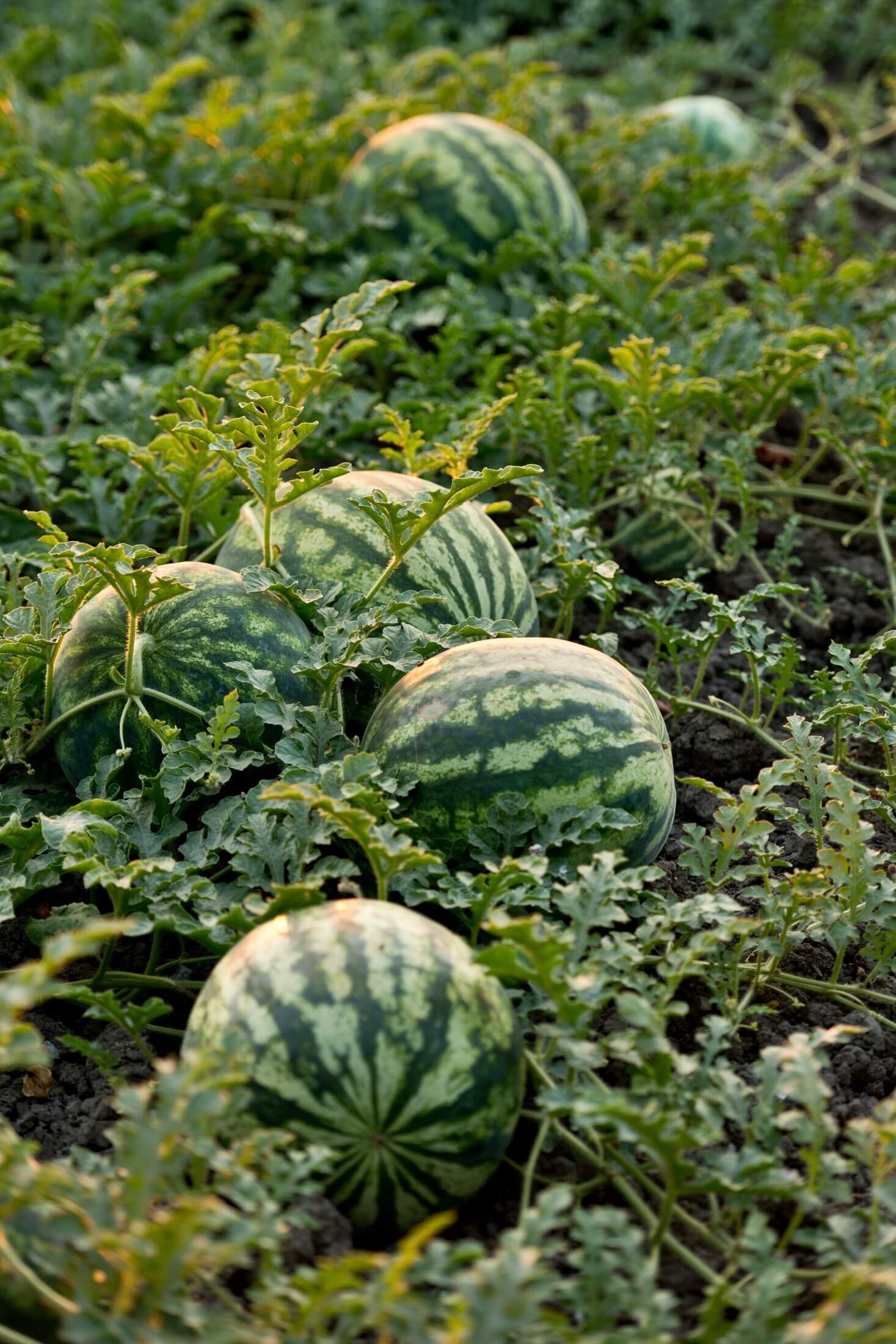
- Herbs: Many herbs, such as thyme, oregano, and rosemary, can help to repel pests from watermelon plants. They also add flavor to watermelons, making them more delicious.

- Radishes: Radishes are a fast-growing crop that can be planted in between watermelon plants. Radishes help to break up the soil and improve drainage, which can benefit watermelon plants.

Post a Comment for " Watermelon Companion Plants That Will Help You Grow Juicy Melons"